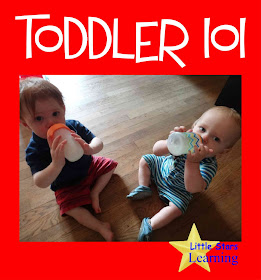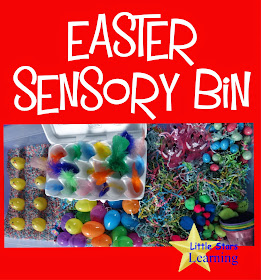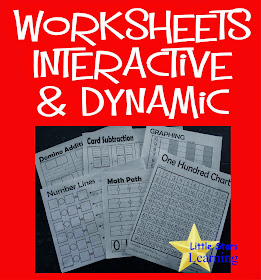While we are a play and movement-based school, and spend as much time in physical activity and outside play as possible, there is an element of physical interaction that MUST come into play, for children to fully develop their proprioception sense.
This is an excellent article, that I strongly recommend for all parents, care givers and teachers. Here is an excerpt:
"Due to the busy schedules of today, children often don’t have hours to explore the outdoors, to help with the outside chores, or even do small jobs that require manual labor. Therefore, many children don’t have the same opportunities to fully develop and fine-tune the senses in the joints and muscles. As a result, more and more children are starting to have trouble regulating how much force to use when pushing and pulling and even interacting with the objects and people around them.
This is why we are seeing children hit with too much force during a game of tag. Their senses are not quite working right – all because they are not engaged in an adequate amount of active play and movement on a regular basis." Valerie Strauss, The Washington Post
We work on spatial skills, orientation skills, gross motor skills, etc. But there are few activities better than a pillow fight to get children really understanding the concept of physical force, in a safe manner. Pool noodle fights are another, but those are less interactive. They are, of course, well supervised, though I try not to interfere unless absolutely necessary.
Note that these children are well versed in democratic decision making among themselves, and that our environment is based upon respect and caring for one another. Here, it could never be a melee.
What happens:
- They learn how to hit. It is not easy for a preschooler to manipulate a pillow for accuracy and force at the same time.
- They learn balance. Excellent balance. Building core strength.
- They learn how to duck and cover and to GET HIT. Super important.
- They learn how to fall during interactions. Sometimes they all go down in a tangle.
- They learn how to get back up, disentangling without hurting one another or themselves.
- They learn that rules are necessary and how to create them. "STOP! Hey, I have a ponytail in and it hurts when you hit me on it. Don't do that. Okay?" "Okay!"
- They get INSTANT feedback. "HEY! Not so hard!" "You nearly made me go into the cabinet. Be more careful!"
- They learn to counter force with a similar level of force. This is an amazing study. It is rare for a child to meet another child's force with significantly greater force. It usually escalates at a very prescribed pace.
- They learn to be very aware of multiple environmental issues...little ones, walls, corners, door knobs, etc. and to react accordingly, regulating their force and direction.
"This is even more proof that delaying physical contact in sports is very risky. So many football leagues, hockey leagues and the like have jumped on the band wagon of delaying body contact. I am talking about tackling and body checking, and other legal and essential parts of the sports, until kids are older.
The idea behind it is to wait until they have a better handle on their bodies and the sport before engaging in the physical contact aspects. Thus preventing injury at younger and older ages. It is having the reverse outcome. The players have not had the gradual introduction to the body contact over the years, and now when they are bigger, faster, and stronger they are thrust into it. They don’t know how to hit, they don’t know how to avoid, anticipate a hit and they don’t know how to fall. They also have anger issues, as they are now being hit, and hurt and don’t know how to mentally and emotionally handle it. When I say hurt, I don’t mean injured, but just the obvious pain of being taken down.
Like any other form of over protection, it is short term and only serves to make the parents feel better. The parents feel better because at that exact moment they prevented their snowflake from adversity, and yes potential injury. What they never see, is that they are actually creating a problem. Being that their snowflake is now ill equipped to handle the sports natural progression. Just like in life." - Comment by Warren
That's why we TEACH it here.




























































